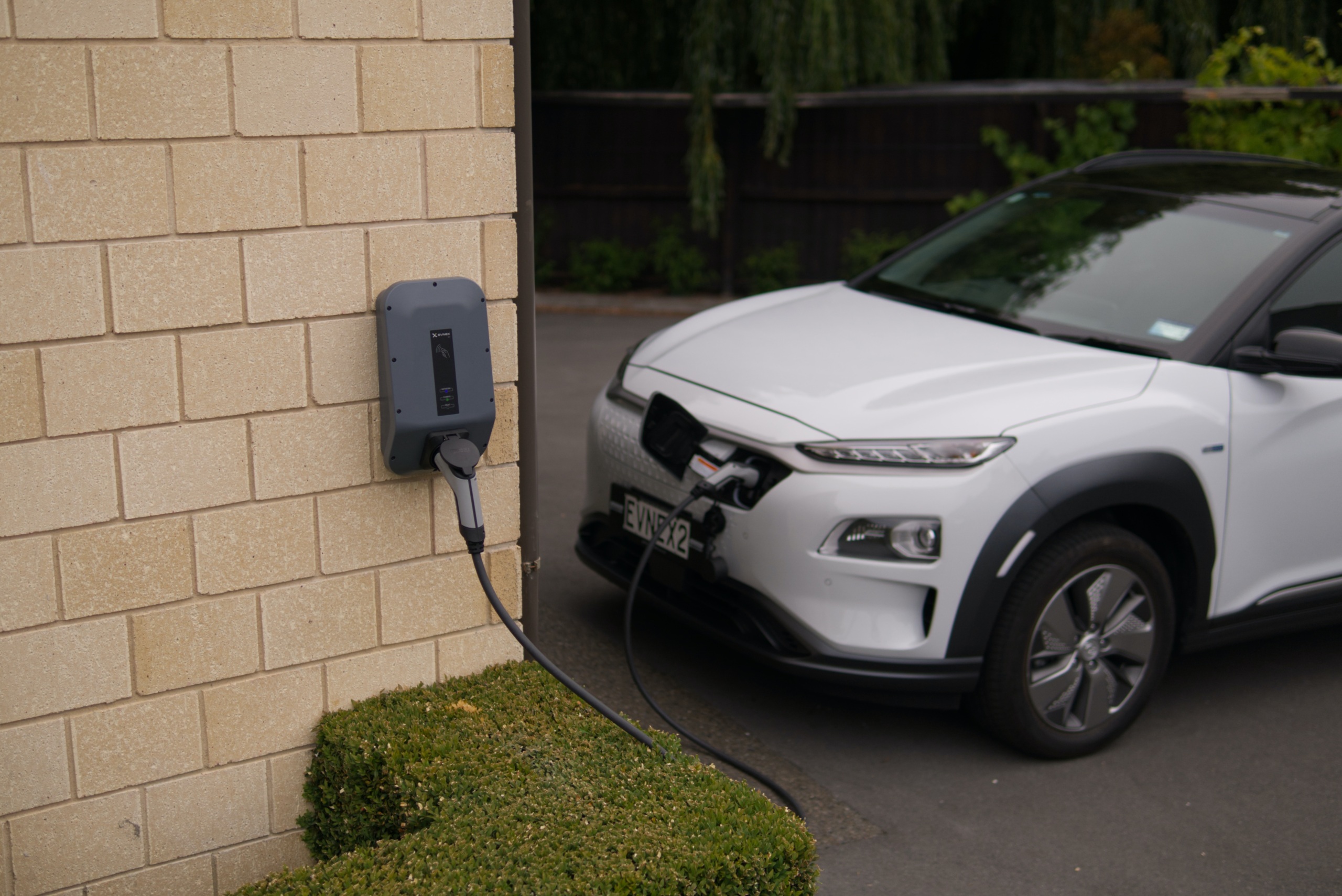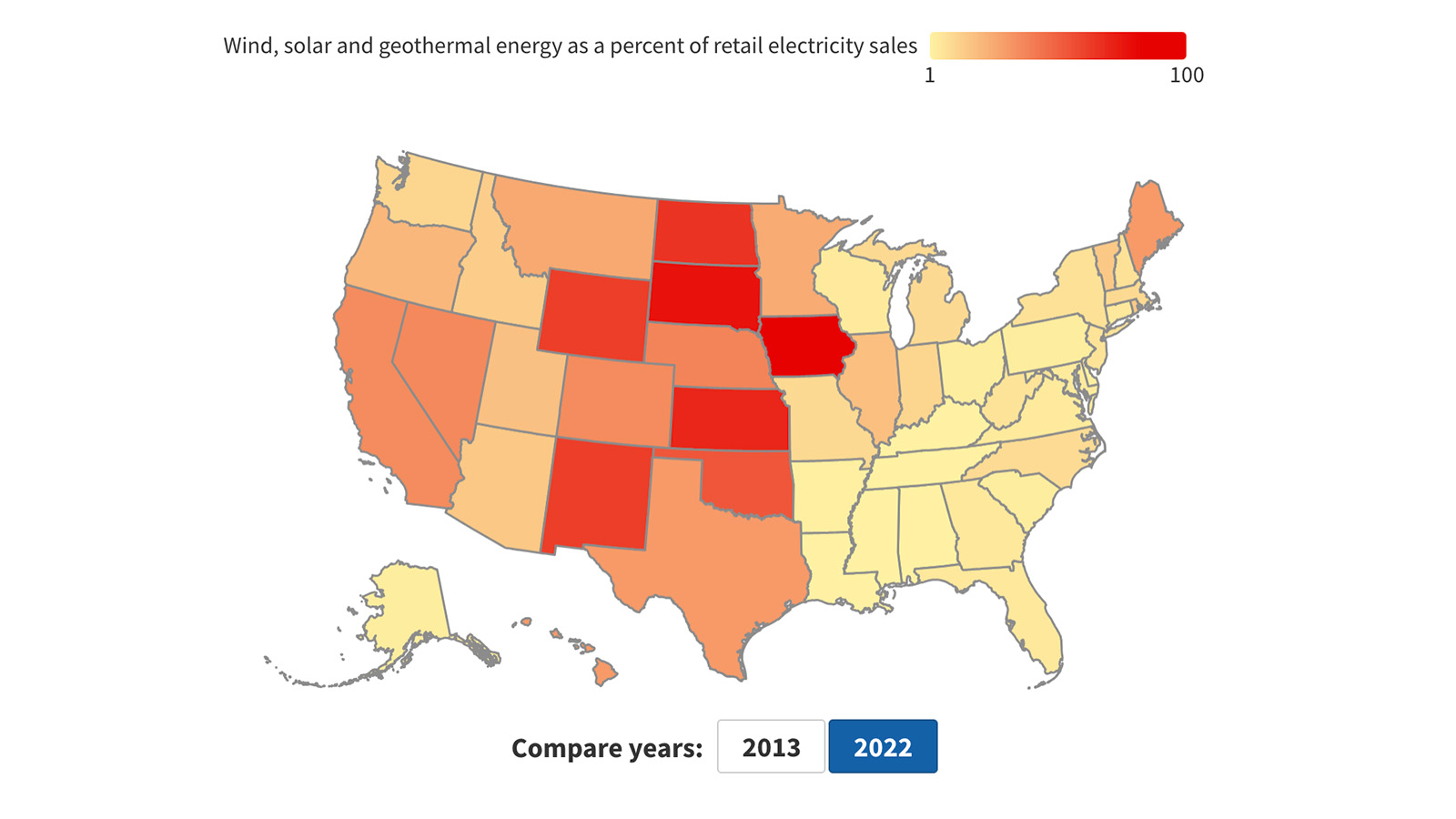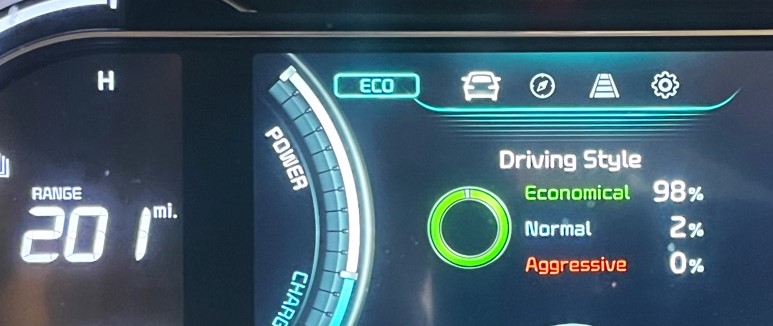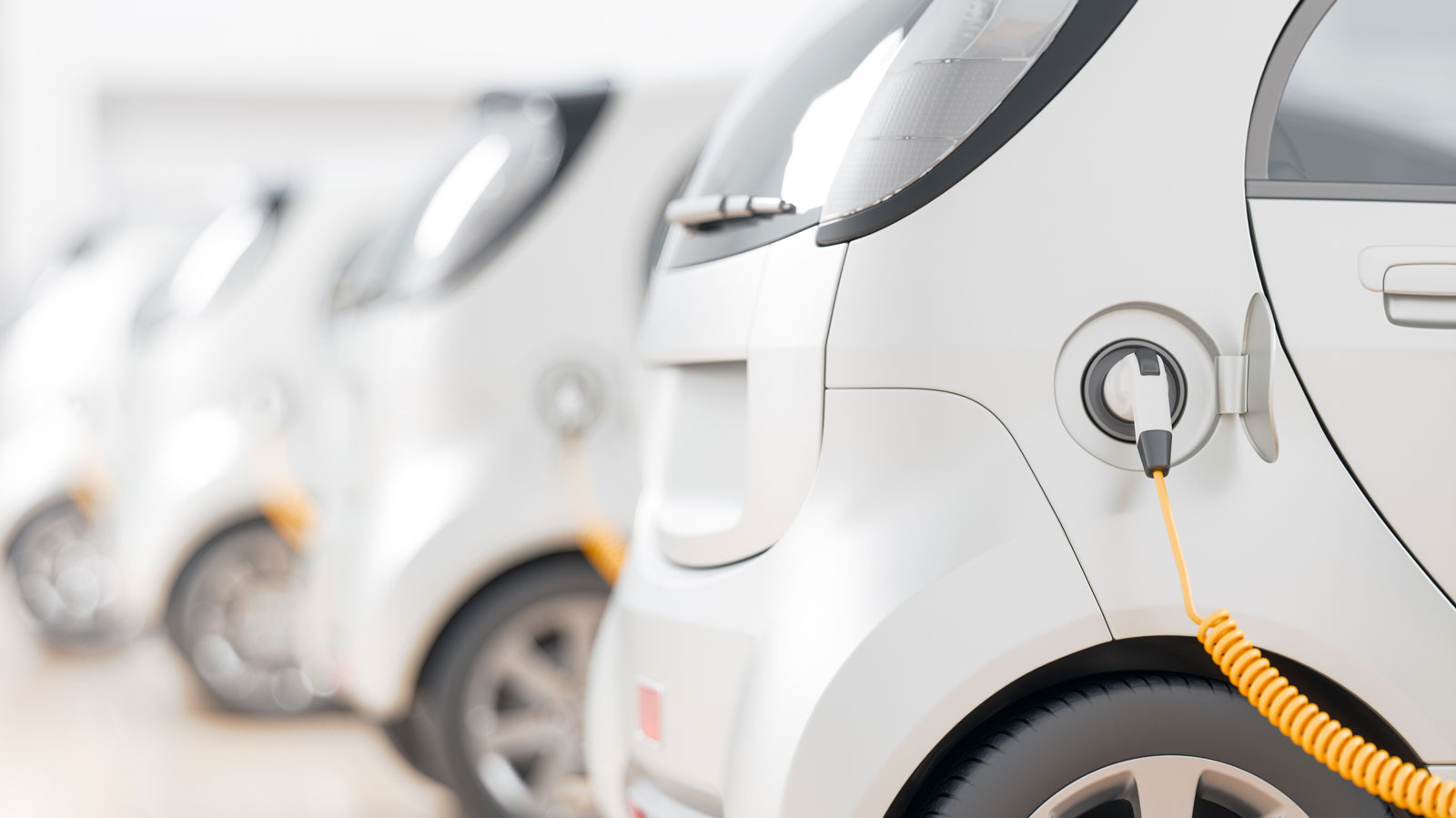
Charging Ahead:
Curbing Oil Consumption with Plug-in Cars
Downloads
Environment Maryland Research and Policy Center
Executive Summary
America’s current fleet of gasoline-powered cars and trucks leaves us dependent on oil, contributes to air pollution problems that threaten our health, and produces large amounts of global warming pollution. “Plug-in” cars are emerging as an effective way to lower global warming emissions, oil use, and smog. A plug-in car is one that can be recharged from the electric grid. Plug-in cars come in two types: plug-in hybrids that are paired with small gasoline engines, and fully electric vehicles that consume no gasoline at all.
As automakers race to become the first to introduce a mass production plug-in vehicle to American consumers, citizens and decision-makers are grappling to understand the implications of switching to a vehicle fleet fueled primarily by electricity for our environment, for consumers, and for the nation as a whole.
Plug-in vehicles have the potential to make an immediate difference in reducing air pollution and curbing dependence on oil.
Over the long term, plug-ins can play a critical role in the effort to stop global warming. The technology needed to build workable plug-in vehicles exists today, but it will take a coherent strategy and concerted action in order to take full advantage of the potential of plug-in vehicles. Plug-in cars can make a major contribution to America’s efforts to reduce global warming pollution.
- More than 40 recent studies show that plug-in cars produce less carbon dioxide than traditional gasoline-powered cars. One study by the Department of Energy’s Pacific Northwest National Laboratory (PNNL) found that an electric car fueled by unused capacity in the current electric system would emit 27 percent less global warming pollution than a car fueled by gasoline, and would reduce global warming pollution in almost every area of the country, even where the primary source of electricity is coal.
- To take full advantage of the potential of plug-in vehicles, however, America must move toward a cleaner electricity grid. A study by the University of California, Berkeley Center for Entrepreneurship & Technology showed that if half of the light vehicles in the United States were electric vehicles powered by completely clean electricity in 2030, total fleet emissions would be reduced by 62 percent.
Switching to plug-in cars will improve air quality for most Americans.
- Replacing gasoline with electricity will reduce the smog found in our cities and other densely populated areas. The PNNL study found that powering a car on electricity would result in 93 percent less smog-forming volatile organic compound (VOCs) and 31 percent less nitrogen oxide (NOx) emissions than powering a car on gasoline.
- A study by the Electric Power Research Institute and the Natural Resources Defense Council found that, combined with our current emissions standards for power plants, converting 40 percent of U.S. cars to plug-in hybrids by 2030 would reduce smog for 61 percent of Americans, and increase it for 1 percent of Americans. Soot would decrease for 82 percent of the population, and increase for 3 percent of the population.
- Powering cars on clean electricity such as wind and solar power would virtually eliminate vehicle-related air pollution—whether from the tailpipe or the power plant.
Switching to plug-in cars will reduce oil consumption. - A study by the Pacific Northwest National Laboratory found that if threefourths of the cars, pick-up trucks, SUVs and vans in the United States were electric vehicles, oil use would be reduced by about one third. The amount of oil saved would be roughly equivalent to:
o As much as the United States imports from OPEC countries each year.
o More than twice as much as the United States imports from the Persian Gulf annually.
o Four times as much as is produced from offshore drilling in the United States each year.
The technology for plug-in vehicles exists today, and plug-ins have several advantages over gasoline-powered cars.
- Plug-in hybrids that have been converted from conventional hybrids can achieve 100 miles per gallon or more.
- Electric cars that can go over 200 miles on one charge are being sold in the United States today.
- Most plug-in cars can charge in a normal wall outlet found in many home garages, and rapid chargers have been developed that can fill a 100-mile battery in under 30 minutes.
- Electric cars are much simpler to maintain than conventional cars, with few moving part compared with the hundreds of moving parts required for an internal combustion engine. Electric cars have no oil changes, and require far less regular maintenance.
Plug-in cars will be more expensive than gasoline-powered cars. However, operating costs of plug-in vehicles will likely be lower. And, over time, many factors will contribute to declining costs.
- The high incremental cost of a plug-in car is largely due to the cost of batteries. The National Renewable Energy Laboratory has estimated the nearterm incremental cost of a plug-in hybrid to be about $10,000-27,000, depending on the size of the battery. In the long term, they predict the incremental cost will drop to $6,000-$13,000.
- Operating costs of plug-in cars are likely to be significantly lower than those of gasoline-powered cars. Electricity costs three to five cents per mile with average electric rates, or the equivalent of $0.75 to $1.25 a gallon of gasoline. Maintenance costs for fully electric cars will also likely be lower as electric vehicles are mechanically simpler than those with internal combustion engines.
- Plug-in vehicles could come with new models of ownership. Some companies, for example, could lease batteries to owners, eliminating the upfront cost of purchasing the battery and the potential cost of replacing it when it is no longer able to power a vehicle.
America’s electric system has the capacity to fuel most of our cars today, but the nation will need to clean up our electric grid to reap the full potential of plug-in cars.
- A study by the Pacific Northwest National Laboratory found that America’s electric system could fuel 73 percent of U.S. cars, pickup-up trucks, SUVs and vans without building another power plant, by charging vehicles at night.
- Utilities can structure electricity prices so that it is cheaper to charge cars at times of the day when there is lower electric demand, ensuring that a large number of plug-in cars do not put a strain on the utility. These rate structures will encourage plug-in car owners to use “smart chargers” that charge cars only when demand and electricity prices are low.
- With investments in “smart grid” technology, plug-in cars could helps tabilize the electric grid and provide emergency backup power—reducing the cost of electricity for all consumers and making the grid better able to accommodate intermittent forms of renewable energy generation such as wind and solar power.
There are still barriers to the widespread adoption of plug-in cars, but smart public policy strategies can help to overcome those barriers.
- Despite rapid advances in battery technology, automakers and battery developers still have strides to make in arriving at battery designs that deliver the range and affordability American consumers are looking for. Continued funding for research and development of advanced batteries can help.
- The initial price of plug-in cars will likely be high, but getting significant numbers of plug-in cars on the road quickly is important to prove that the technology is viable and to identify unexpected hurdles. Financial incentives for buyers of the first generation of plug-in hybrids, coupled with policies to encourage the purchase of plug-ins by government and private fleets, can help get significant numbers of plug-in cars on the road quickly. So too, could a low-carbon fuel standard that allows plug-in vehicles to contribute to the goal of reducing life-cycle global warming emissions (including from indirect land-use impacts) from vehicle fuels by 10 percent by 2020.
- Unlocking the full environmental and economic potential of plug-in vehicles will require efforts to clean up and modernize America’s electric grid. The United States should encourage the use of clean energy by adopting a renewable electricity standard requiring that 25 percent of our electricity come from renewable energy by 2025. The nation should further reduce global warming emissions from power plants by adopting a cap on global warming pollution that reduces emissions to 35 percent below 2005 levels by 2020 and to 80 percent below 2005 levels by 2050. Finally, the nation should invest in the adoption of “smart grid” technologies that would allow plug-in vehicles to help stabilize the grid.
- The lack of public charging infrastructure—while not a deal-breaker for plug-in vehicle owners who can charge their cars at home—could limit the willingness of some consumers to buy or use plug-in vehicles. Local, state and federal governments should jump-start the creation of charging infrastructure by installing chargers at publicly owned facilities, developing procedures for the installation of chargers on city streets, and providing incentives for private development of charging infrastructure.
Topics
Find Out More


Renewables On The Rise Dashboard

Electric vehicles are good. We can make them better.

